Your first blues guitar lesson: essential chords, techniques, scales and players
A great introduction to the essentials
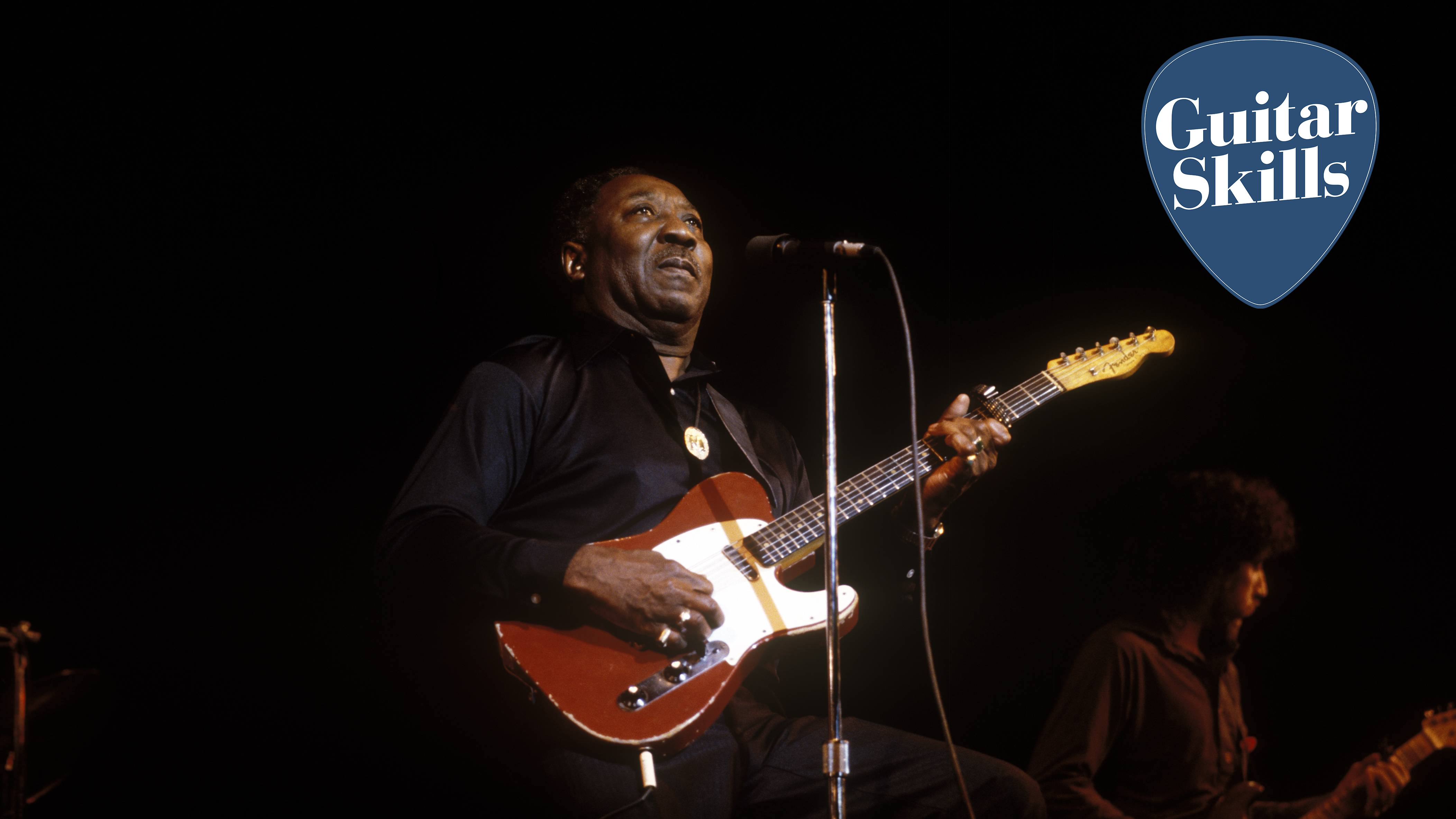
Guitar lessons: Traditional blues techniques, chords and scales are at the heart of most popular styles of music so it’s worth adding a few tricks to your arsenal. Learn the essentials and inject your playing with some bluesy attitude as you follow this lesson…
The players
There are far too many blues innovators to mention them all but listen to Delta pioneers Charley Patton, Son House and Robert Johnson to appreciate the roots of the genre.
Chicago greats Muddy Waters, T-Bone Walker and Buddy Guy were at the forefront of electric blues alongside Mississippi legend BB King from the '40s, and Eric Clapton, Jimmy Page and Jeff Beck headed the ‘British Invasion’ in the '60s and 70s.
Stevie Ray Vaughan and Johnny Winter developed the Texas sound and since the 90s there has been a slew of players taking blues in new directions – Gary Moore, Joe Bonamassa, Kenny Wayne Shepherd, Dan Patlansky, Samantha Fish, Gary Clark Jr and John Mayer to name but a few.
The gear
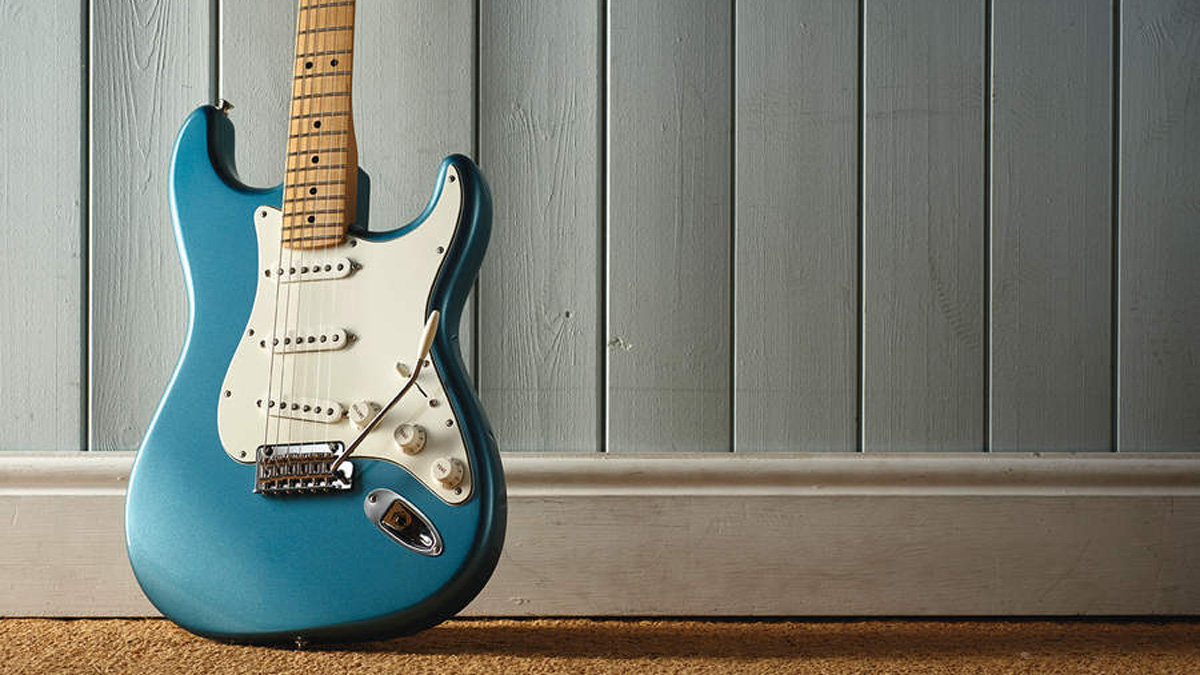
The Fender Strat is ideal for SRV-style Texas blues. A Gibson ES-335 will give you BB King or early Clapton style tones. A small valve combo such as a Fender Tweed amp or Champ will give you an authentic ballpark tone.
The chords
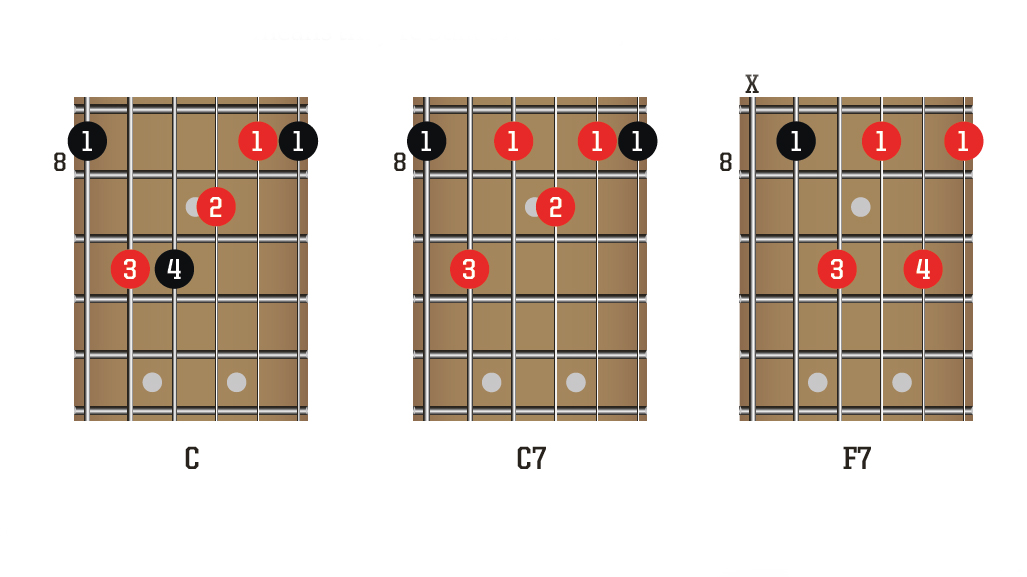
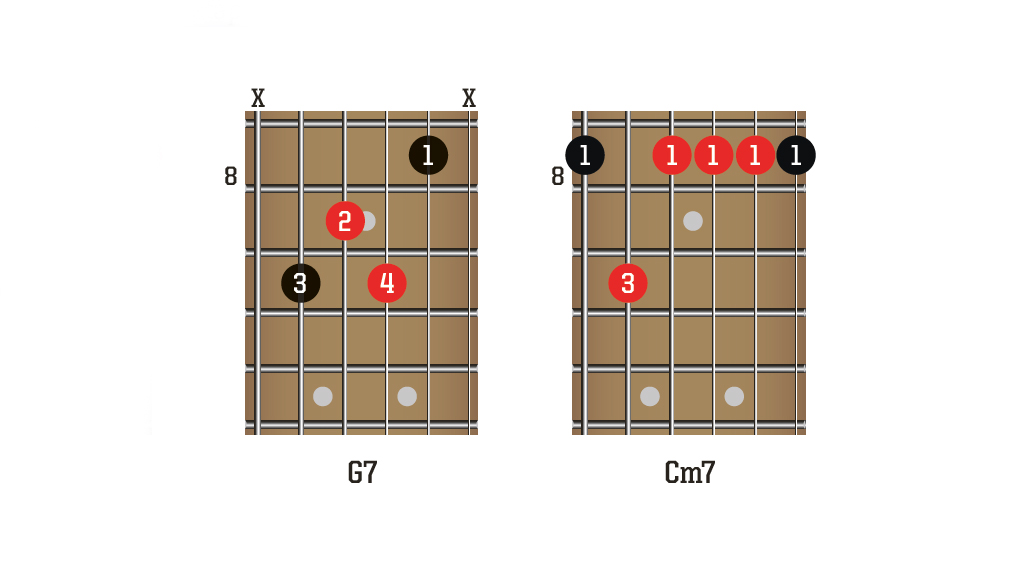
The most popular chord progression is the 12-bar blues, but 8- and 16-bar versions are well used too. Typically, the chords follow a I-IV-V (one-four-five) sequence, which means they’re built on the first, fourth and fifth notes of the major scale. So in C you might play C7-F7-G7; or Cm7-Fm7-Gm7 in the key of C minor.
Use these five shapes to navigate the staple blues progression with ease.
Get the MusicRadar Newsletter
Want all the hottest music and gear news, reviews, deals, features and more, direct to your inbox? Sign up here.
The scales
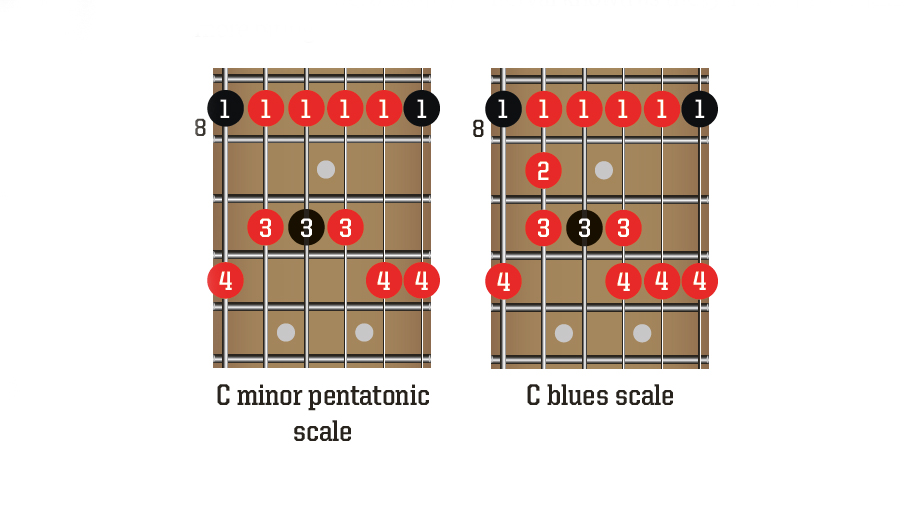
Many, perhaps most, blues guitarists use the minor pentatonic scale as a starting point for solos. It’s easy to play and you get a typical blues vibe over both dominant 7th chords (C7, F7 etc) and minor 7ths.
The blues scale adds an extra note to the minor pentatonic scale: a clashing, dissonant interval known as the b5. Perfect for a harsher, more biting sound.
The techniques
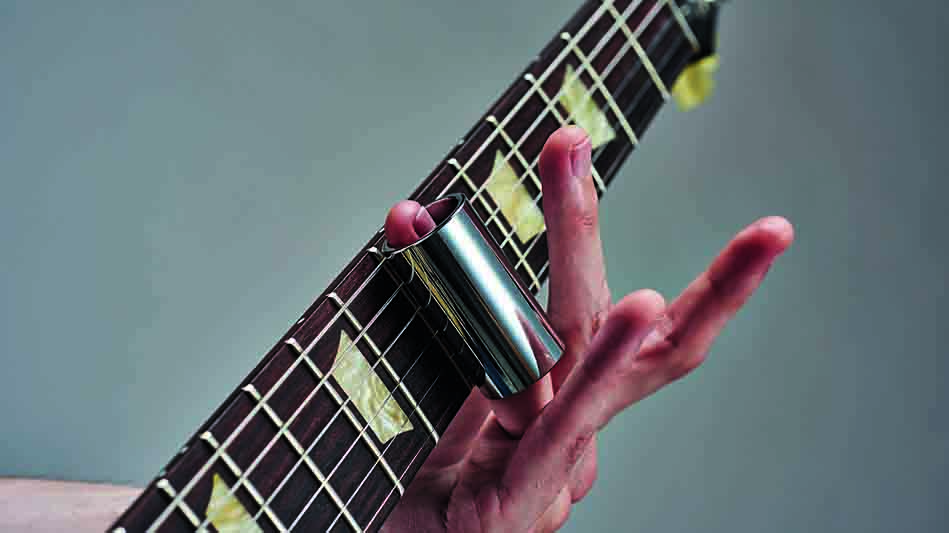
Slide
From Delta pioneers to modern blues-rockers, slide guitar features heavily in blues. Press down just enough so that the strings don’t rattle against the slide. Target your slide over the frets instead of behind them.
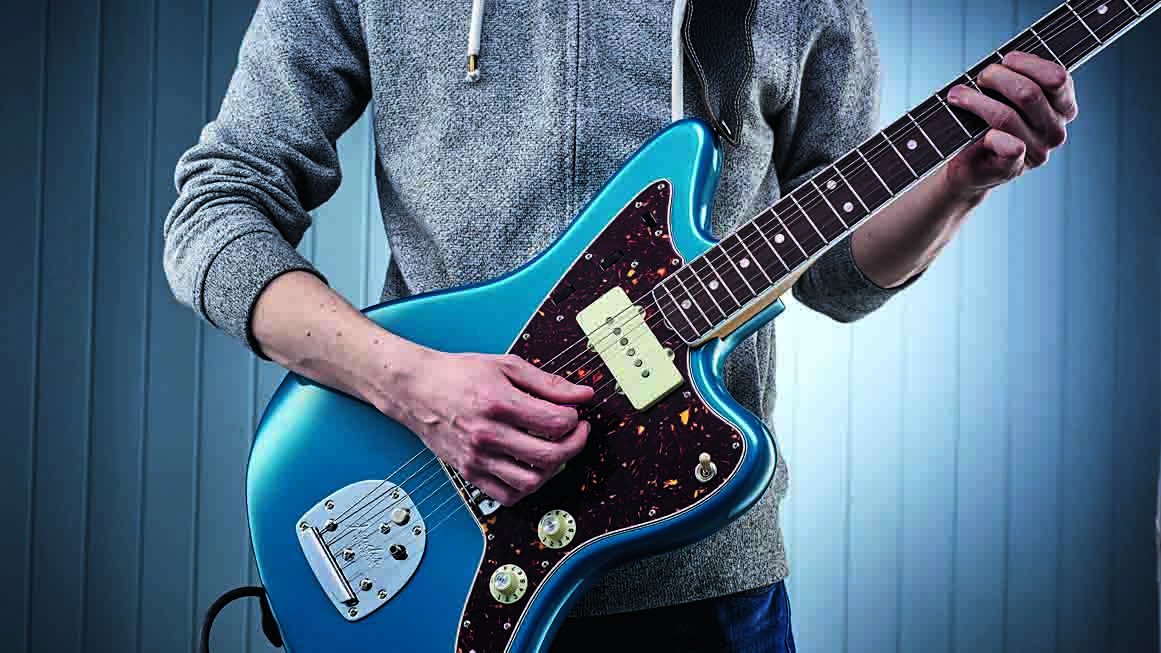
String bending
Perhaps the most expressive lead technique, string bends were popularised with the advent of the electric guitar. Generally, bend with your second or third finger and use other fingers for support.
Blues rock slide guitar example

Taking inspiration from blues-rockers like Aerosmith and ZZ Top, our slide guitar example is easy to play, but sounds super-effective. The diagonal lines in the tab/notation indicate a move with your slide, but feel free to slide as much as you like – it’s a fluid technique!
Try playing fingerstyle to help keep string noise to a minimum.
String bending example
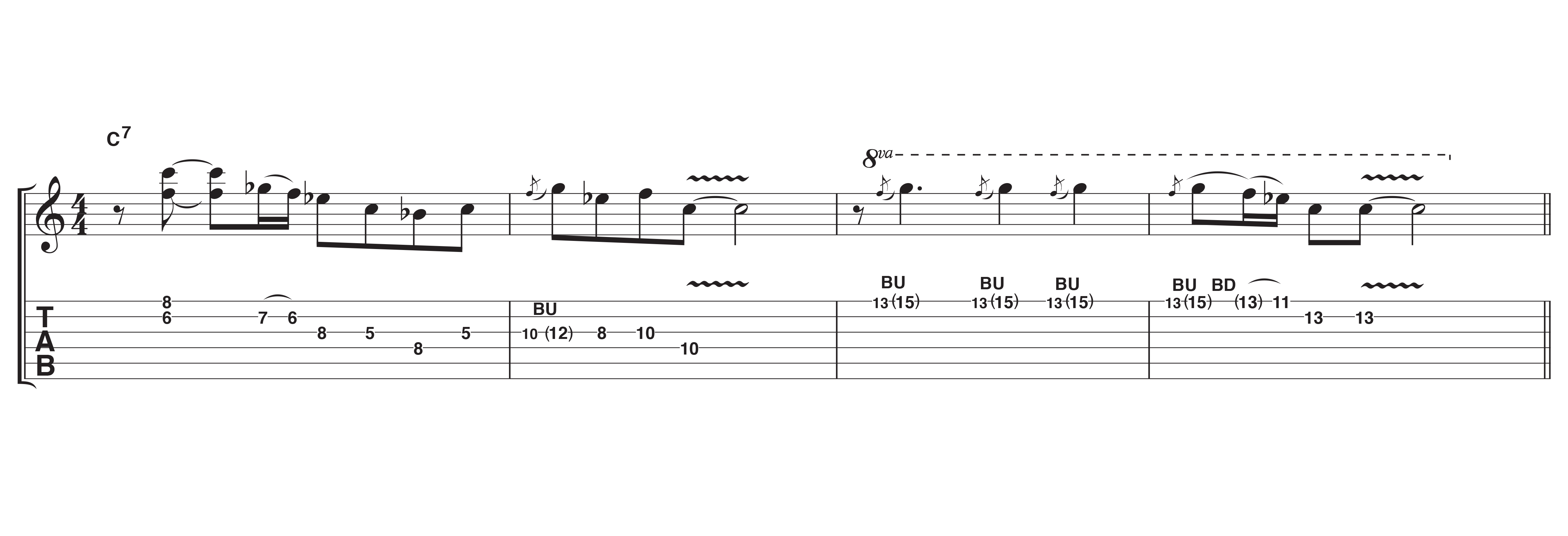
Our string bending example bridges the gap between BB King and Stevie Ray Vaughan, and provides an opportunity to practise your bends in a couple of different places on the fretboard.
The amount of pressure requires slight changes from position to position and string to string, so take care not to press too hard or soft.
10 great blues guitar chords to learn now
Total Guitar is Europe's best-selling guitar magazine.
Every month we feature interviews with the biggest names and hottest new acts in guitar land, plus Guest Lessons from the stars.
Finally, our Rocked & Rated section is the place to go for reviews, round-ups and help setting up your guitars and gear.
Subscribe: http://bit.ly/totalguitar










